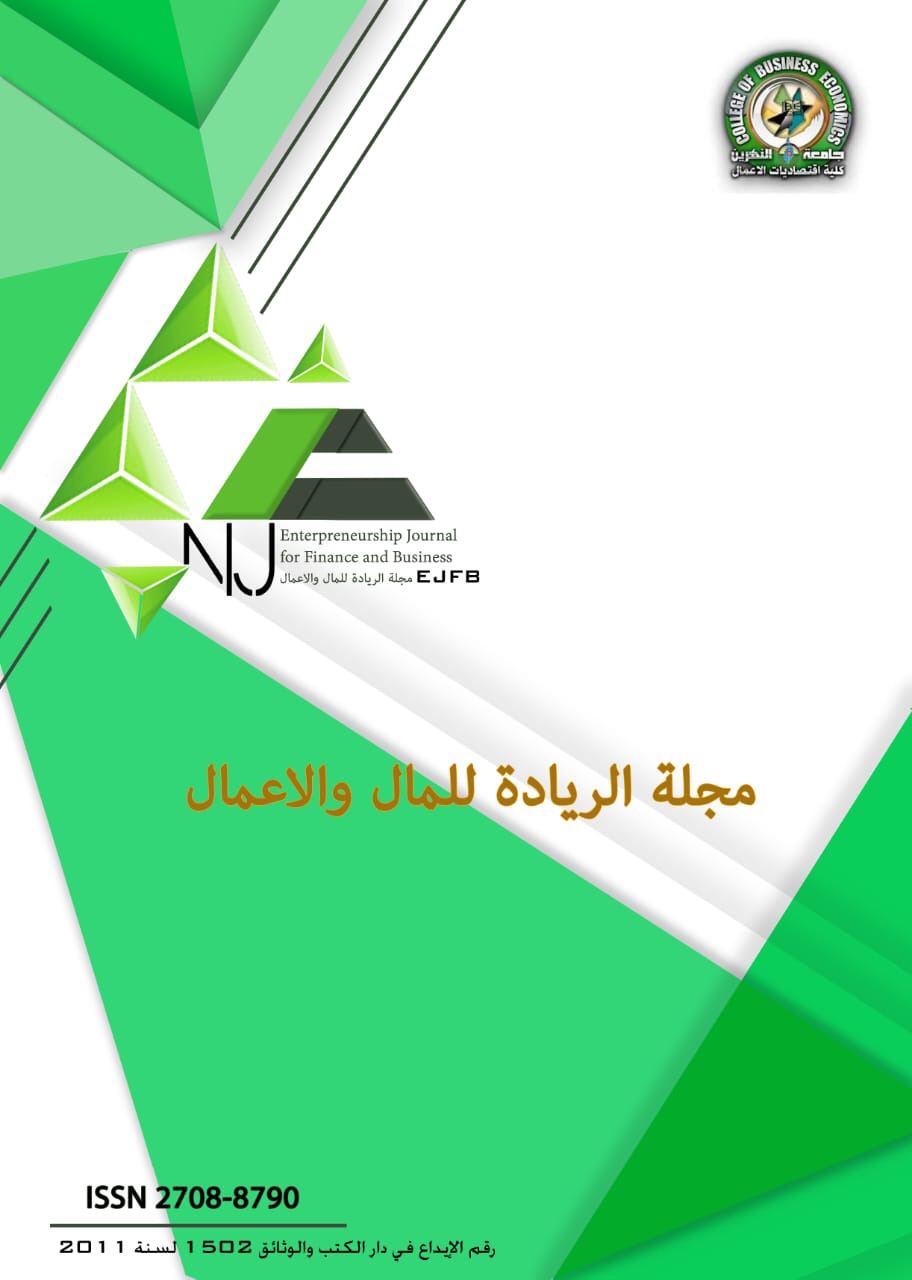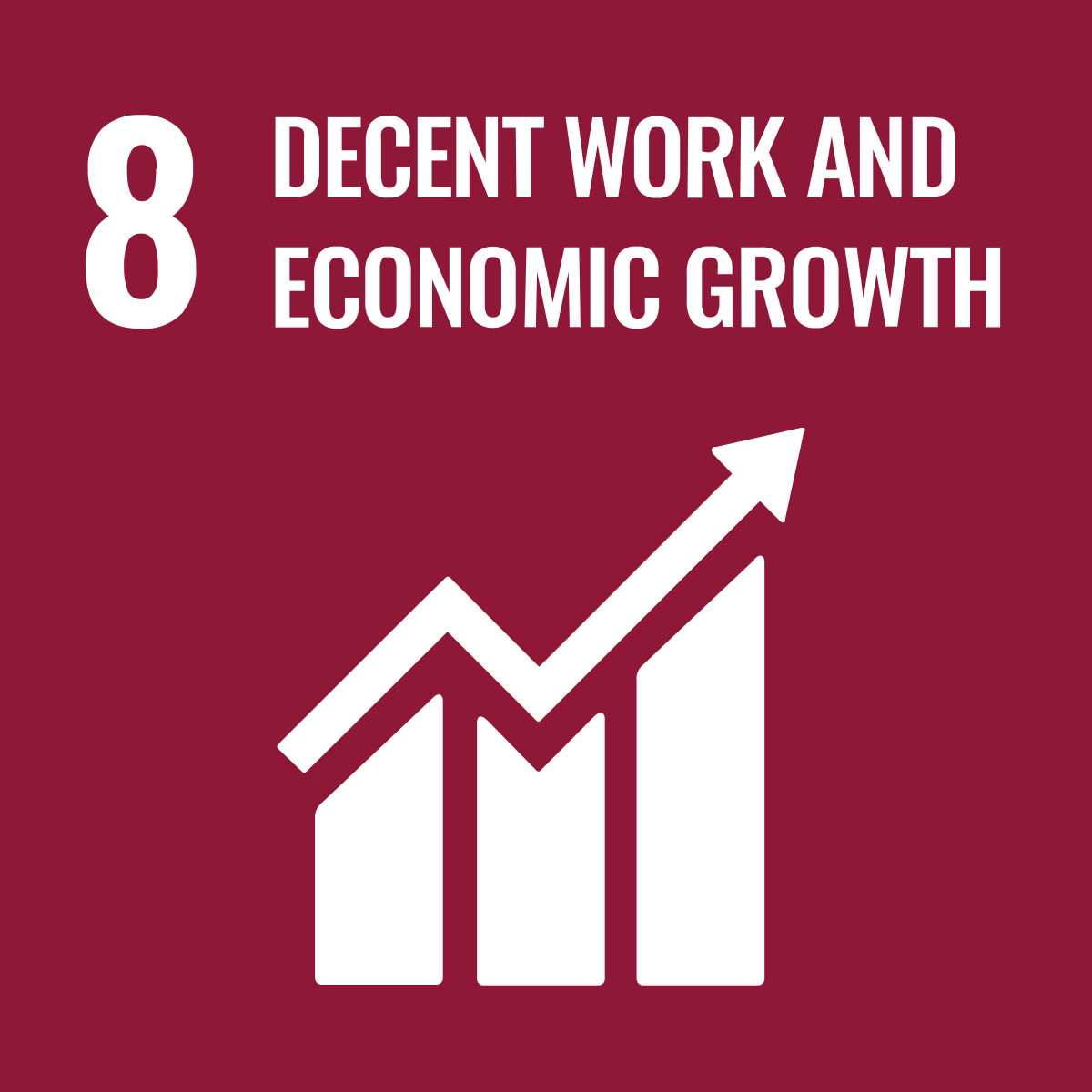The effect of talent management strategies in achieving job compatibility: An applied study in the Oil Products Distribution Company / Salah El-Din Branch
DOI:
https://doi.org/10.56967/ejfb2021151Keywords:
talent management, job match, Oil Products Distribution Company/Salah El-Din BranchAbstract
The aim behind this study is to identify the strategies for talent management and its impact on achieving job compatibility in the company / distribution of petroleum products in / Salah al-Din Governorate, and to present a number of findings and recommendations that contribute to the implementation of the best talent management strategies in the Oil Products Distribution Company and to investigate the extent of Achieving the highest level of functional compatibility in it, the descriptive and analytical approach was used, as well as the use of the statistical program (SPSS), and this study was applied to a random sample in a language of (110) employees, and to achieve the goal of the study, a questionnaire was developed using some of the previous studies in order to measure the study variables The study found, through the application, a set of results, the best of which is: Talent management and work compatibility achieve average work capacity for company employees, in addition to the availability of talent in a moderate manner in the company and the need to adopt strategies in order to achieve job compatibility, and the study recommended a set of recommendations, the most important of which is the need for higher management attention In order to improve the work compatibility of the employees, it is necessary to adopt some talent management strategies in the study sample and to set up policies The goals and objectives by promoting the principle of sharing goals, and the need for the company's top management to change and intensify their interest in the resource with its talented resource in order to educate employees and the rest of the administrative levels concerned with this task.
Downloads
Downloads
Published
How to Cite
Issue
Section
License

This work is licensed under a Creative Commons Attribution 4.0 International License.
This is an Open Access article distributed under the terms of the creative commons attribution (CC BY) 4.0 international license which permits unrestricted use, distribution, and reproduction in any medium or format, and to alter, transform, or build upon the material, including for commercial use, providing the original author is credited.






